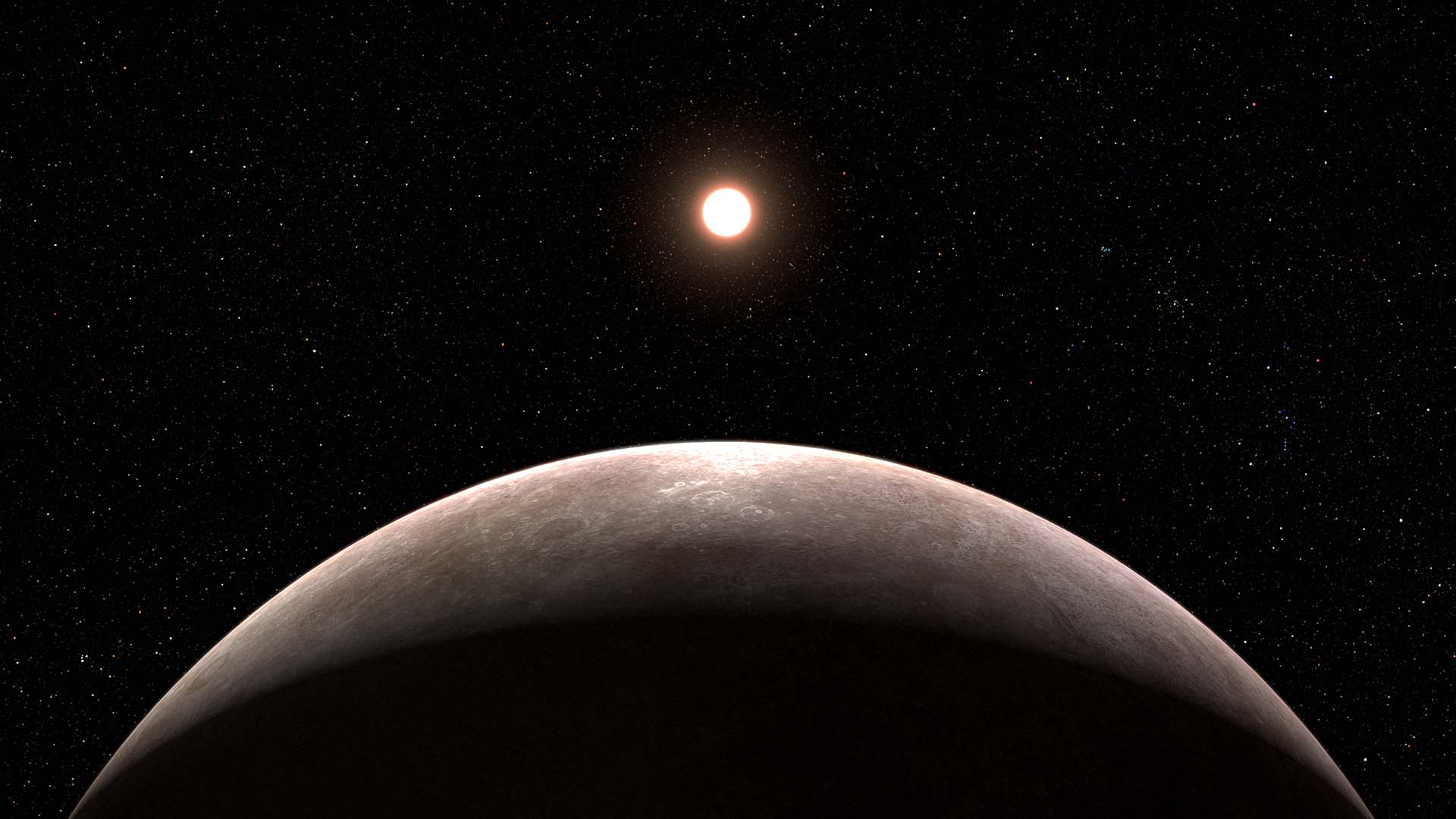Scientists have discovered a planet outside of our solar system that has a comet-like tail, which could provide clues into how planets evolve.

A planet similar to Jupiter called WASP-69b was discovered 10 years ago by a team led by UCLA astrophysicists. The planet is slightly larger than Jupiter, considerably less dense, and makes an orbit around its star in 3.9 Earth days.
A recent study showed that the planet has a tail of at least 350,000 miles comprised of gasses from the planet’s atmosphere. The tail is 50 percent lengthier than the distance between Earth and the moon.
“The WASP-69b system is a gem because we have a rare opportunity to study atmospheric mass-loss in real-time and understand the critical physics that shape thousands of other planets,” stated Erik Petigura, co-author and UCLA professor of physics and astronomy.
This planet is what astronomers would call a Hot Jupiter, a common type of exoplanet. As the intense radiation of the star hits WASP-69b, the planet’s atmosphere heats to around 17,500 degrees Fahrenheit and puffs up.
The stellar wind reaches the outermost matter of the planet and accelerates into space, reaching speeds of 50,000 miles per hour. This leads to its atmosphere being degraded by the star’s radiation at a rate of 200,000 tons per second and formed into a tail by the stellar wind.
“Most Hot Jupiters are losing mass in this way, but not all of them have tails,” said Dakotah Tyler, a doctoral candidate in astrophysics at the University of California, Los Angeles, and an author of an accompanying study. “The only way to get the tail is if you have an excessive stellar wind that reshapes and sculpts it, basically like a comet.”
Previous research into WASP-69b suggested that the planet had a “subtle tail” according to Dakotah Tyler, a UCLA doctoral student and first author of the research. Upon further research, however, the team found that the tail is “at least seven times longer than the planet itself.”
The planet, which is approximately 90 times the mass of Earth, is not in danger of being destroyed despite its size.
“WASP-69b has such a large reservoir of material that even losing this enormous amount of mass won’t affect it much over the course of its life. It’s in no danger of losing its entire atmosphere within the star’s lifetime,” Tyler said in the press release.
Though there had previously been hints that WASP-69b had a helium tail, scientists couldn’t definitively resolve whether it existed. Tyler, Petigura, and their colleagues used the prolific starlight-scanning capabilities at the Keck Observatory atop Hawaii’s Mauna Kea volcano.
Astronomers have been puzzled by why, among the worlds we’ve discovered, there are not more Hot Neptunes. This may be explained by their inability to withstand the bombardments of stellar radiation.







